The long process of chasing shrinkwrap algorithms & voronoi algorithms finally led to a procedurally generated, straight cylinder. It was an epic procedurally generated hex tube to be carved into a cylindrical stand.
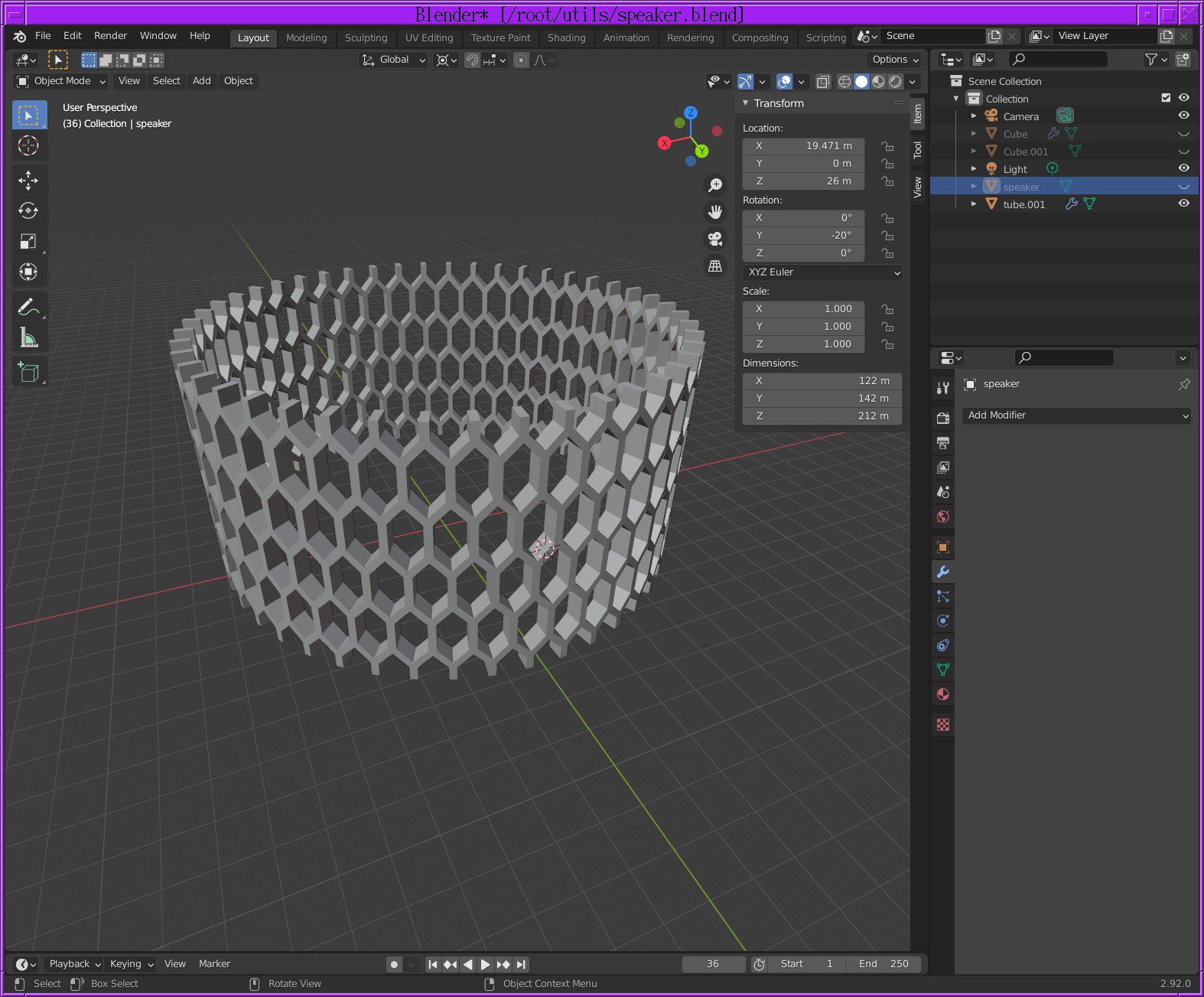
A 250 line python script generating paw coded faces was deemed the easiest way to make a hex cylinder surface. Then, the solidify modifier & some paw coded mesh editing could extrude it.
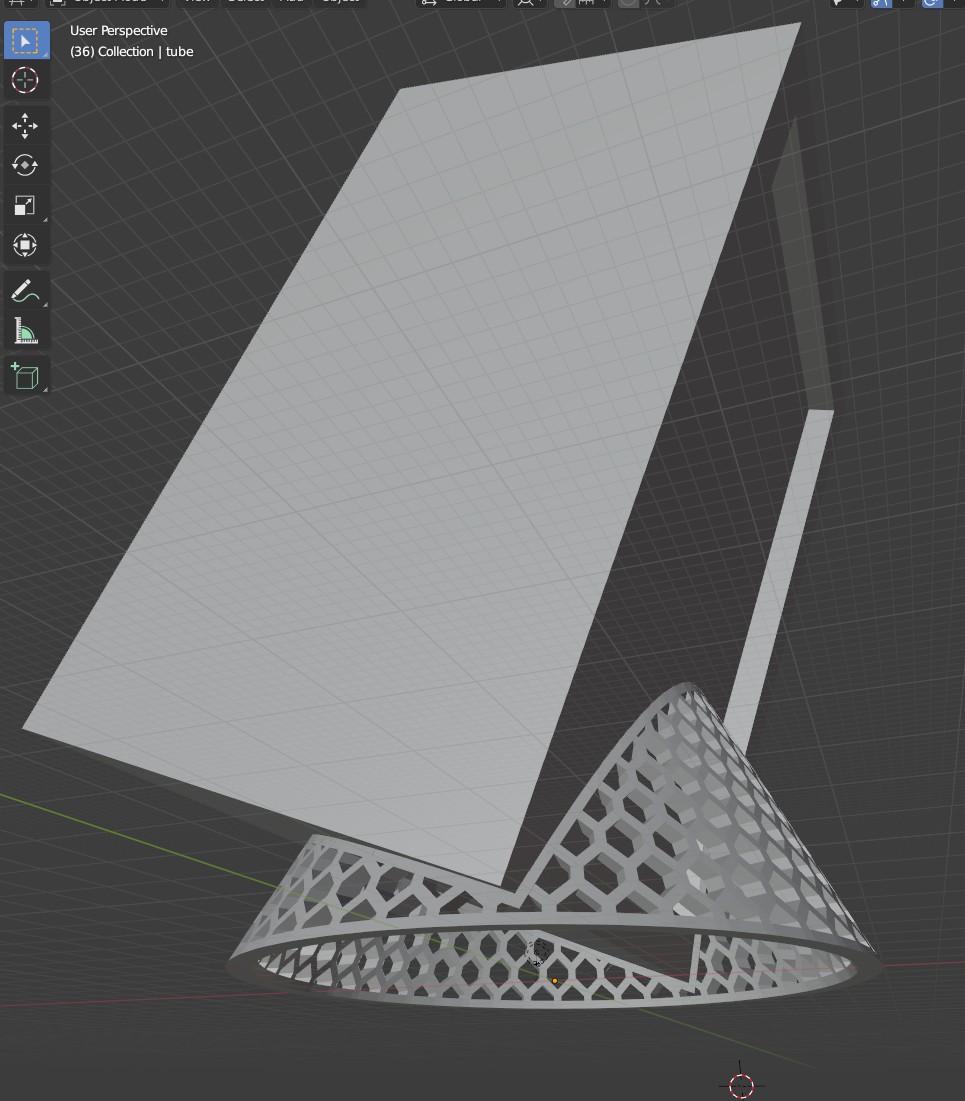
A gap in the back would be filled with foam.
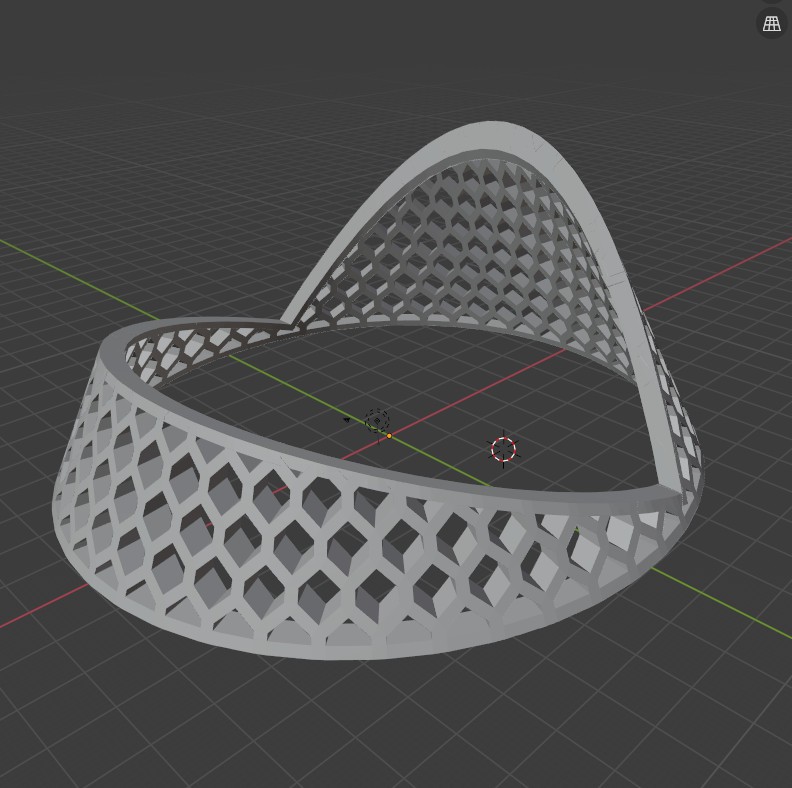
Unfortunately, once the top layer was added, it had horizontal overhangs. It could be printed in sections, but would always have some overhangs.
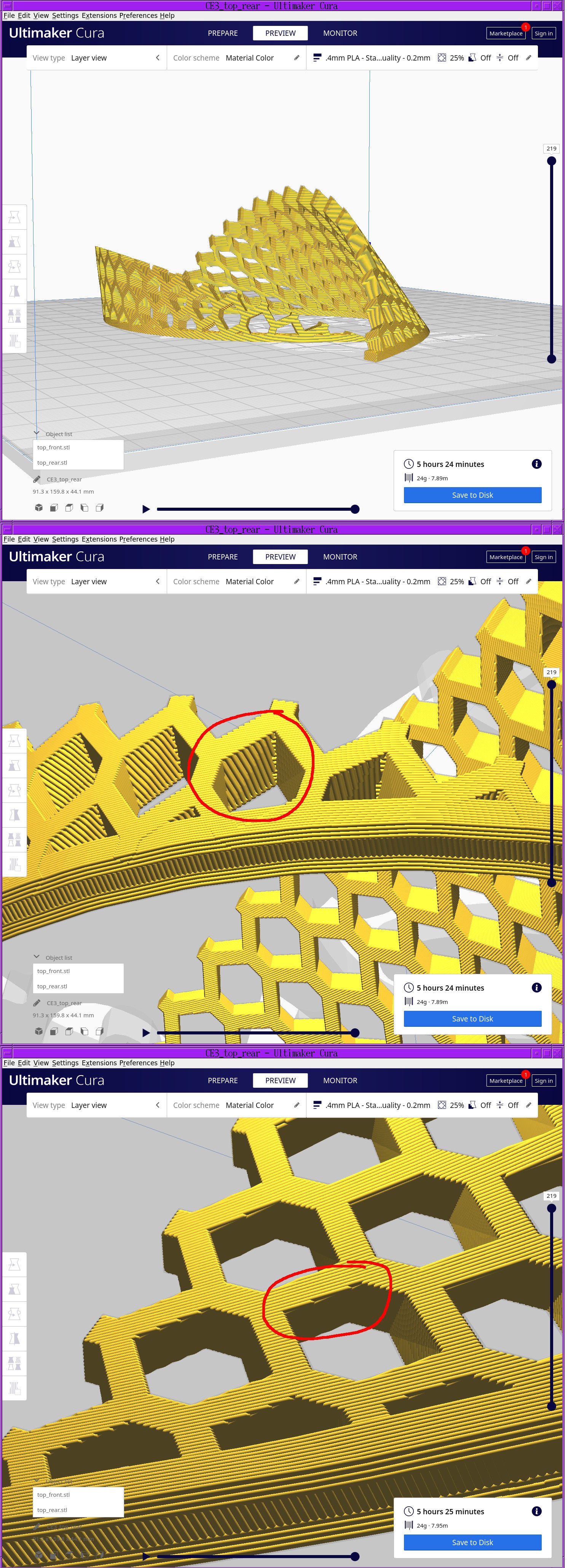
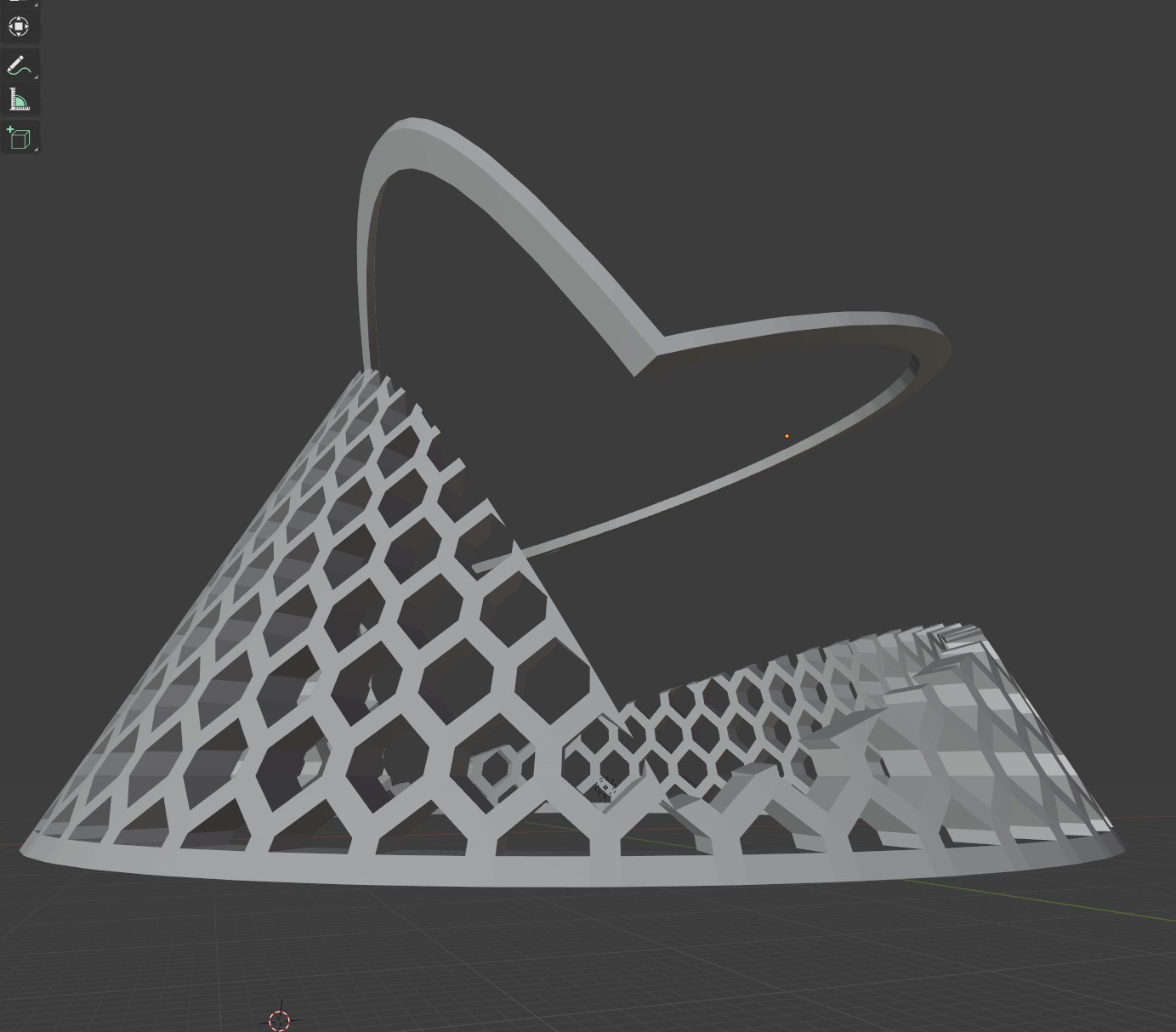
The hex tube & outline can be separate segments, but still have a lot of junk to remove. The top hexes would have to be solid, but that would add a lot of material.
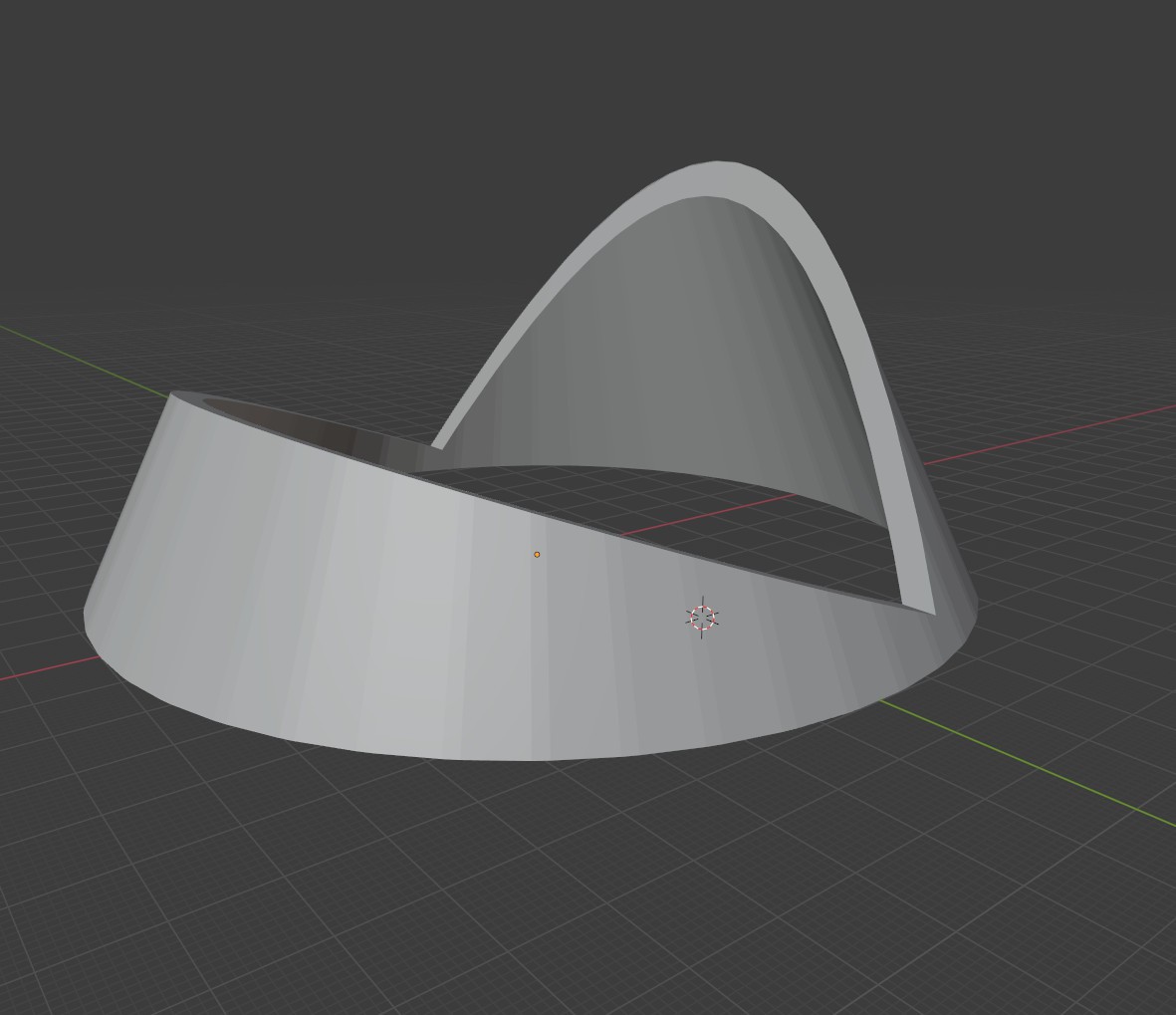
To be sure, a solid cylinder would be instantly printable, definitely more artistic than the commercial options, but it wouldn't be the most artistic or efficient. For someone who just needs a speaker stand, the solid cylinder is a good compromise between art & function.
 lion mclionhead
lion mclionhead
Discussions
Become a Hackaday.io Member
Create an account to leave a comment. Already have an account? Log In.